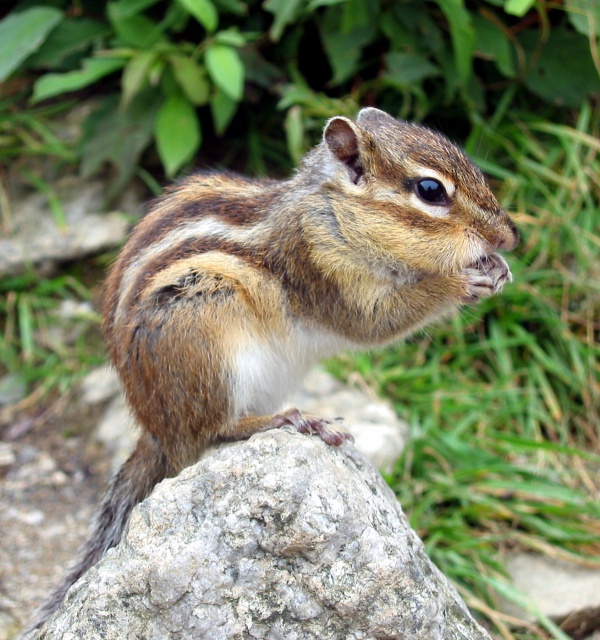Facts About Siberian chipmunk
The Siberian chipmunk, also known as the common chipmunk, originates from northern Asia, including regions in Russia, China, Korea, and Japan. Introduced to Europe in the 1960s as a pet, it is the only chipmunk species found outside North America. These small, distinctively marked creatures typically live 2 to 5 years in the wild but can reach 6 to 10 years in captivity.
The introduction of Siberian chipmunks to Europe, originating from South Korea in the 1960s, resulted in established populations in countries like Belgium, France, Germany, and Italy. They adapt well to various habitats, from forests to urban settings, and mark their territories using urine and oral gland secretions. These chipmunks live in loose colonies and communicate through a range of vocalizations.
During the winter, Siberian chipmunks hibernate in communal burrows, storing food to sustain themselves underground. They are omnivorous, eating seeds, fruits, insects, and small animals. Crucially, they contribute to ecosystems by dispersing seeds and fungal spores, aiding in forest regeneration and promoting species diversity.
However, their presence in non-native environments can cause problems. They may damage crops and gardens, outcompete native species, and spread diseases such as Lyme disease. The risk of disease transmission poses a threat to both human and animal health, making their control and management a priority for conservationists.

 North Korea
North Korea